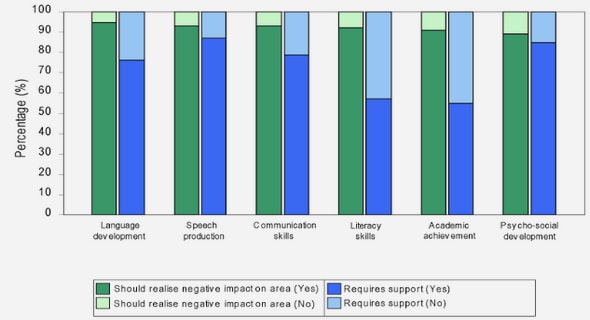(Downloads - 0)
For more info about our services contact : help@bestpfe.com
Table of contents
1 GENERAL INTRODUCTION
1.1 Context and challenges
1.1.1 Tropical forests and climate change
1.1.2 REDD monitoring frame of tropical forest biomass: basics and challenges
1.1.3 Remote sensing-based modelling of tropical forest biomass
1.2 Research objectives
1.3 A pantropical approach
1.3.1 Study areas and datasets
1.3.2 Sampling strategy and data description
1.4 Thesis outline
1.5 List of (co-)publications
1.6 References
2 CLOSING A GAP IN TROPICAL FOREST BIOMASS ESTIMATION: ACCOUNTING FOR CROWN MASS VARIATION IN PANTROPICAL ALLOMETRIES
2.1 Introduction
2.2 Materials and Methods
2.2.1 Biomass data
2.2.2 Forest inventory data
2.2.3 Allometric model fitting
2.2.4 Development of crown mass proxies
2.2.5 Model error evaluation
2.3 Results
2.3.1 Contribution of crown to tree mass
2.3.2 Crown mass sub-models
2.3.3 Accounting for crown mass in biomass allometric models
2.4 Discussion
2.4.1 Crown mass ratio and the reference biomass model error
2.4.2 Model error propagation depends on targeted plot structure
2.4.3 Accounting for crown mass variation in allometric models
2.5 Appendix A: Crown mass sub-models
2.5.1 Method
2.5.2 Results & Discussion
2.6 Appendix B: Plot-level error propagation
2.7 References
2.8 Supplement: Field data protocols
2.8.1 Unpublished dataset: site characteristics
2.8.2 Biomass data
2.8.3 Inventory data
3 ASSESSING DA VINCI’S RULE ON LARGE TROPICAL TREE CROWNS OF CONTRASTED ARCHITECTURES: EVIDENCE FOR AREA-INCREASING BRANCHING
3.1 Introduction
3.2 Methods
3.2.1 Sampled trees and field protocol
3.2.2 MTE model assumptions and predictions of branch scaling exponents
3.2.3 Assessing the effect of asymmetry and node morphology on species area ratio
3.3 Results
3.3.1 Does the average tree conform to branch scaling exponents and area ratio predictions?
3.3.2 Is the average tree self-similar?
3.3.3 What is the effect of species asymmetry on branch scaling exponents and area ratio? .
3.3.4 Does node morphology induce systematic differences of area ratio at the species level?
3.4 Discussion
3.4.1 Evidence of area increasing branching (R > 1)
3.4.2 Sources of variation of the node area ratio
3.4.3 Optimal tree of the MTE model vs average real trees
3.4.4 Implications of the results
3.5. Reference
3.6. Supplementary figure
4 CANOPY TEXTURE ANALYSIS FOR LARGE-SCALE ASSESSMENTS OF TROPICAL FOREST STAND STRUCTURE AND BIOMASS
4.1 Introduction
4.2 Methodological background and rationale
4.3 Results from some case studies
4.4 Limits and perspectives
4.5 Reference
5 TOWARD A GENERAL TROPICAL FOREST BIOMASS PREDICTION MODEL FROM VERY HIGH RESOLUTION OPTICAL SATELLITE IMAGES
Abstract
5.1 Introduction
5.2 Material and Methods
5.2.1 Forest inventory data
5.2.2 Generation of 3D forest mockups
5.2.3 Simulation of canopy images
5.2.4 Real satellite images
5.2.5 Canopy texture analysis
5.2.6 Statistical analyses
5.3 Results
5.3.1 Texture analysis of virtual canopy images
5.3.2 Canopy texture – AGB models
5.3.3 Application to real satellite images
5.4 Discussion
5.4.1 Contrasted canopy texture – stand AGB relationships among sites
5.4.2 On 3D stand mockups and virtual canopy images for model calibration
5.5 Reference
5.6 Appendix
6 GENERAL DISCUSSION
6.1 Estimation of forest AGB from field data
6.1.1 Driver(s) of pantropical model bias on large trees
6.1.2 The influence of forest structure on plot-level AGB modelling error
6.2 The influence of forest structure on the canopy texture – AGB relationship
6.3 Key thesis findings
6.4 Reference


